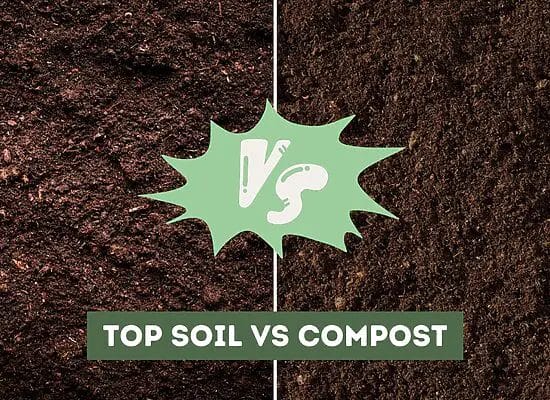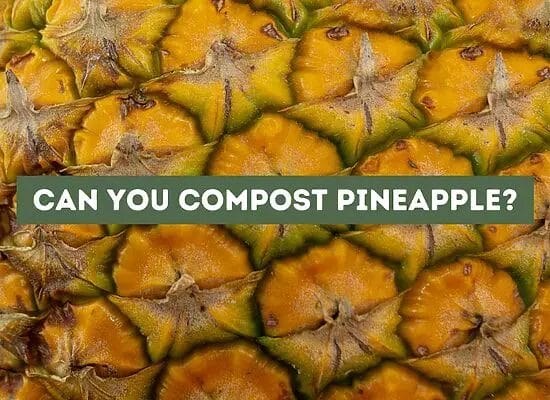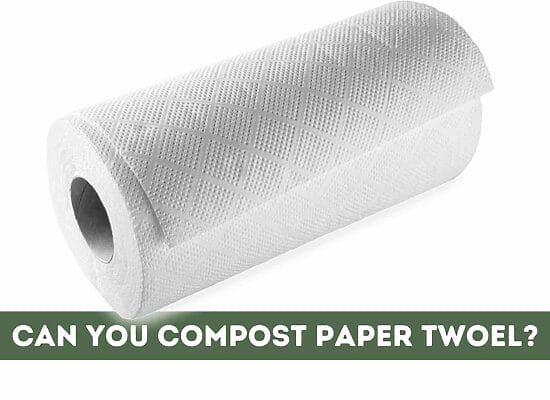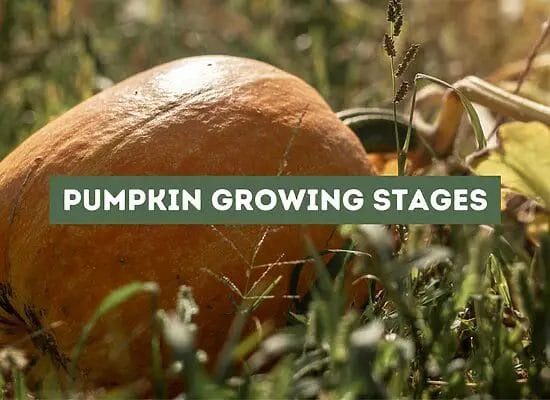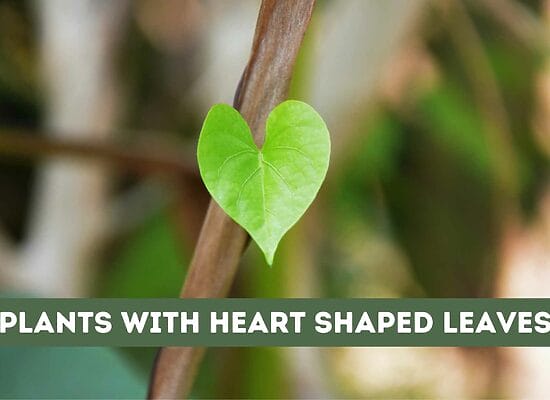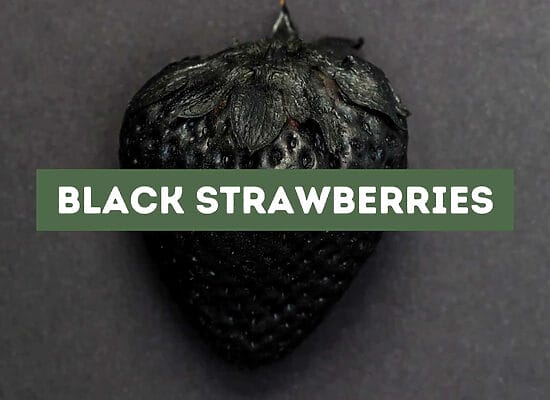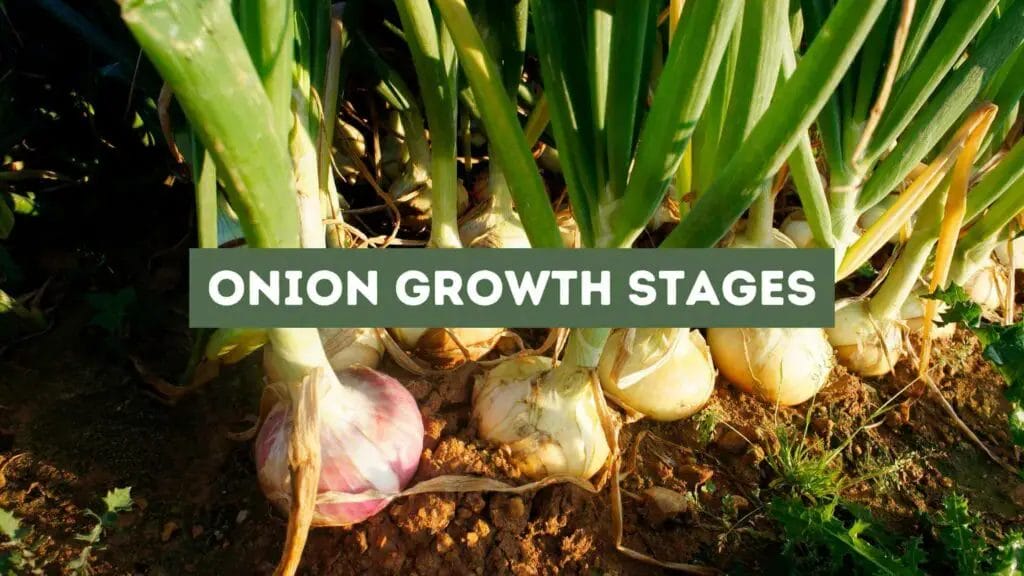
If you’re looking to grow onions, it’s important to understand the different stages of their growth. Knowing the growth stages can help you determine when to plant, water, and harvest your onions. There are several stages of onion growth, each with its own characteristics and requirements. Understanding the onion growth stages can help you plan and care for your onion plants properly.
Key takeaways:
- Onion Growth Stages: Understanding the growth stages of onions is crucial for successful cultivation. The stages include germination, seedling, vegetative growth, bulb formation, maturation, and harvesting. Each stage has specific characteristics and requirements.
- Nutritional Value: Onions are rich in nutrients such as vitamin C, fiber, and antioxidants. They are a healthy addition to various dishes and offer benefits like reducing the risk of certain cancers and heart disease, as well as having anti-inflammatory properties.
- Variety of Uses: Onions are versatile and can be consumed in various ways, including raw, cooked, fried, roasted, or pickled. They are commonly used in soups, stews, salads, sandwiches, and more.
- Onion Types: There are different onion varieties, including yellow, red, white, sweet, and scallions/spring onions. Each variety has a unique flavor, texture, and best usage, ranging from strong-flavored yellow onions to mild and sweet white onions.
- Growing Conditions: Onions are cool-season vegetables that prefer well-drained soil rich in organic matter, full sun, and regular watering. They can be grown from seeds or sets (small onion bulbs) and require appropriate spacing.
- Life Cycle: Onions are biennial plants, completing their life cycle in two years. The first year focuses on bulb growth, while the second year leads to flower stalk production and seed development. Most onions are harvested in the first year.
- Common Challenges: Onion growers may face challenges like bolting (premature flowering), weeds, waterlogged soil, humidity, temperature extremes, and poor soil conditions. Proper care and attention, including early planting and variety selection, can help overcome these challenges.
Understanding Onion as a Vegetable
Onion, scientifically known as Allium cepa, is a biennial plant that belongs to the family Amaryllidaceae. It is a cool-season vegetable that is widely used in cooking due to its pungent flavor and aroma. Onions are grown for their bulbs, which come in various sizes, shapes, and colors, ranging from white to yellow to red.
As a vegetable, onions are very versatile and can be consumed in many ways, including raw, cooked, fried, roasted, or pickled. They are commonly used in soups, stews, salads, sandwiches, and many other dishes. Onions are also rich in nutrients, such as vitamin C, fiber, and antioxidants, which make them a healthy addition to any diet.
Onions are biennial plants, which means they take two years to complete their full growth cycle. During the first year, the onion plant produces a bulb, which is harvested for consumption. In the second year, the plant produces a flower stalk, which eventually leads to the production of seeds. However, most gardeners harvest onions at the end of the first year when their bulbs are mature and packed with flavor.
Onions are cool-season vegetables, which means they prefer to grow in cooler temperatures. They can be grown from seeds or sets, which are small onion bulbs. Onion seeds are usually sown in early spring, and the seedlings are transplanted to the garden when they are a few inches tall. Onion sets are planted directly in the garden in early spring or fall.
To grow onions successfully, it is important to provide them with the right growing conditions. Onions prefer well-drained soil that is rich in organic matter. They also require full sun and regular watering. Onions are heavy feeders, so it is important to fertilize them regularly with a balanced fertilizer.
Different Onion Varieties
When it comes to onions, there are many different varieties to choose from. Each variety has its unique flavor, texture, and appearance, making them suitable for different dishes and purposes. Here are some of the most common onion varieties you can find:
- Yellow Onion: This is the most popular onion variety, known for its strong flavor and versatility. It is used in almost all types of recipes, from soups and stews to salads and sandwiches. Yellow onions have a brownish-yellow skin and white flesh.
- Red Onion: Red onions have a milder flavor compared to yellow onions, and they are often used raw in salads and sandwiches. They have purplish-red skin and white flesh with red rings.
- White Onion: White onions have a sweeter and milder taste than yellow onions, making them perfect for dishes where you want to add a subtle onion flavor without overpowering other ingredients. They have a white skin and white flesh.
- Sweet Onion: Sweet onions have a mild and sweet taste, making them perfect for caramelizing and grilling. They have a yellowish skin and white flesh.
- Scallions, Spring Onions, Green Onions, and Bunching Onions: These are all different names for the same type of onion, which is harvested before the bulb has a chance to form. They have a mild and delicate flavor, and they are often used raw in salads and as a garnish. They have a green stem and white bulb.
The Life Cycle of Onion
Onions are biennial plants that take up to two years to complete their life cycle. The life cycle of an onion is divided into two main stages: vegetative growth and reproductive growth. During the vegetative stage, the onion plant grows leaves and roots, while during the reproductive stage, the onion plant produces flowers and seeds.
Vegetative Growth
The first stage in the life cycle of an onion is the vegetative growth stage. This stage is characterized by the growth of leaves and roots. The onion plant starts as a small seedling, which develops into a bulb. The bulb of the onion plant is the storage organ that provides the plant with the energy it needs to grow.
During the vegetative growth stage, the onion plant produces several leaves. The leaves of the onion plant are long and narrow, and they grow from the base of the plant. The onion plant also produces roots, which anchor the plant in the soil and absorb water and nutrients from the soil.
Reproductive Growth
The second stage in the life cycle of an onion is the reproductive growth stage. This stage is characterized by the production of flowers and seeds. Onions are biennial plants, which means that they complete their life cycle in two years. However, most onion plants are grown as annuals, which means that they are harvested before they can complete their life cycle.
During the reproductive growth stage, the onion plant produces a flower stalk. The flower stalk of the onion plant is tall and slender, and it grows from the center of the plant. The flower stalk produces small, white flowers, which are pollinated by insects. After the flowers are pollinated, they develop into seeds.
Stages of Onion Growth
The life cycle of an onion can be divided into six stages: seed germination, seedling growth, vegetative growth, bulb formation, maturation, and harvesting.
During the seed germination stage, the onion seed sprouts and sends out a shoot. In the seedling growth stage, the onion plant experiences rapid growth, developing lush green leaves and a crisp white bulb.
During the vegetative growth stage, the onion plant grows leaves and roots. During the bulb formation stage, the onion plant stops growing, and the bulb starts to enlarge.
During the maturation stage, the onion plant dries out, and the bulb becomes firm. Finally, during the harvesting stage, the onion plant is harvested, and the bulbs are dried and stored.
Onions are versatile vegetables that are used in a wide range of dishes. They are easy to grow and require little maintenance. By understanding the life cycle of an onion, you can grow healthy, flavorful onions in your own garden.
Onion Germination Stage
When it comes to growing onions, the germination stage is the first step in the process. This stage involves the sprouting of the onion seed and the emergence of the first shoot. Here are some key points to keep in mind during this stage:
- Seed selection: Start by selecting high-quality onion seeds from a reputable supplier. Look for seeds that are plump, firm, and free from defects or damage. Onion seeds can be planted directly in the ground or started indoors and transplanted later.
- Moisture: Onion seeds require a consistent level of moisture to germinate properly. Keep the soil moist but not waterlogged during this stage. Too much water can cause the seeds to rot, while too little can prevent germination.
- Temperature: Onion seeds germinate best in soil temperatures between 60-75°F (15-24°C). If the soil temperature is too low, germination may be delayed or prevented altogether. Using a seedling heat mat can help maintain the ideal temperature.
- Light: Onion seeds do not require light to germinate, but they do need light once the shoot emerges. If starting seeds indoors, provide bright light or use grow lights to promote healthy growth.
During the germination stage, it’s important to monitor the soil moisture and temperature levels closely to ensure successful seed germination. With proper care and attention, your onion seeds should sprout and begin their journey towards bulb development.
Seedling Stage of Onion
During the seedling stage of onion growth, the small onion plants will begin to develop their first set of true leaves. These leaves will be larger and more defined than the initial cotyledon leaves that sprouted from the onion seed.
At this stage, it is important to provide the onion seedlings with plenty of light to promote healthy growth. You should aim to provide at least 12 hours of light per day, either through natural sunlight or artificial lighting.
The shoots of the onion seedlings will still be quite thin and fragile at this stage, so it is important to handle them with care. You can use a pair of clean scissors to trim the shoots every other day, which will help to prevent them from falling over and rotting.
The seedlings will also need to be watered regularly, but be careful not to overwater them, as this can lead to root rot. It is best to keep the soil moist but not waterlogged.
During the seedling stage, the onion plants will begin to photosynthesize, which means they will start to produce their own food through the process of converting sunlight into energy. This is an important stage in the onion’s growth as it will help to promote healthy leaf and shoot development.
Vegetative Growth Stage
During the vegetative growth stage, the onion plant focuses on growing its leaves and developing its bulb. This stage is characterized by rapid growth, and it is essential for the plant’s overall health and yield.
The roots of the onion plant continue to grow during the vegetative growth stage, allowing the plant to absorb more nutrients and water from the soil. The leaves of the plant also continue to grow, and they play a crucial role in photosynthesis. Sunlight is essential during this stage, as it provides the energy needed for the plant to grow.
The soil conditions are critical during the vegetative growth stage. The soil must be moist but not waterlogged, as too much water can lead to root rot. The soil should also be rich in nutrients, as the plant needs a steady supply of nitrogen, phosphorus, and potassium to grow.
Humidity is also important during the vegetative growth stage. The plant needs a humid environment to prevent the leaves from drying out and to ensure that the plant can absorb enough water through its roots.
Adding organic matter, such as compost, to the soil can help improve soil conditions and provide the plant with the nutrients it needs to grow. It is also important to water the plant regularly, ensuring that the soil remains moist but not waterlogged.
During the vegetative growth stage, it is important to monitor the plant’s growth and adjust the conditions as needed to ensure that the plant is healthy and growing properly. With the right care and attention, the onion plant will continue to grow and develop, setting the stage for a healthy harvest.
Bulb Initiation and Development
During the bulb initiation stage, onion bulbs start to form. This process begins when the onion plant has reached a certain size and receives the right amount of light and temperature. The temperature of the soil should be around 55°F to 75°F (12.8°C to 23.9°C) for the best bulb development.
Onion bulbs need a lot of energy to grow, so they require a lot of moisture as well. If the soil is too dry, the bulbs may not develop properly. It is important to keep the soil moist but not too wet to avoid rotting.
As the bulbs continue to develop, they will start to push up through the soil. This is a sign that the bulbs are growing well and are ready for the next stage of development.
During the bulb development stage, the onion bulbs continue to grow and mature. The leaves of the onion plant will start to turn yellow and wilt. This is a sign that the onion is ready for harvesting.
It is important to note that the size of the onion bulb is determined by the number of leaves on the plant. The more leaves the plant has, the larger the bulb will be. Therefore, it is important to make sure the onion plant has enough nutrients and water to grow healthy and strong.
To ensure the best bulb development, it is recommended to plant onion bulbs in well-draining soil that is rich in nutrients. You can also add fertilizer to the soil to provide the onion bulbs with the necessary nutrients.
Maturation Stage of Onion
During the maturation stage of onion growth, the plant’s energy is transferred to the bulb, which is now fully matured and ready for harvest. This stage lasts approximately 14-21 days and is characterized by the brown and dry leaves of the onion plant.
At this stage, the onion bulb has reached its final size and has developed a papery outer layer called the neck. The neck is the part of the onion bulb that connects the leaves to the bulb. It is important to note that the neck should be completely dry before harvesting to prevent the onion from rotting.
During the maturation stage, the onion bulb’s scales also begin to dry out and separate, making it easier to peel. This is why it is recommended to let the onion bulbs sit in the sun for a few days before storing them.
It is essential to harvest the onion bulbs at the right time to ensure maximum flavor and storage life. If the onion is left in the ground for too long, it will begin to sprout and lose its flavor. On the other hand, if the onion is harvested too early, it will not have reached its full potential size and may not store well.
To determine if your onion bulbs are ready for harvest, gently push the soil away from the bulb and check the neck for dryness. If the neck is dry and the leaves are brown and dry, it is time to harvest.
Harvesting Onions
Harvesting onions is an exciting time for gardeners and farmers alike. It’s the moment when all the hard work and patience pays off. When the onion bulbs have reached maturity, it’s time to harvest them. Onion bulbs are ready to be harvested when the tops have fallen over and started to dry out. This usually happens in late fall or early summer.
To harvest the onions, gently pull them out of the soil by grasping the bulb and gently twisting it. Be careful not to damage the bulb or the roots. Once the onions are out of the ground, shake off any excess dirt and leave them in the sun to dry for a few days. This will help the outer layer of the onion bulb to dry out and form a protective ring around the bulb.
When the onion bulbs are completely dry, cut off the tops and roots, leaving about an inch of stem attached to the bulb. This will help the onion bulbs to store longer. Store the onions in a cool, dry place with good ventilation. You can also braid the onion tops together and hang them in a cool, dry place.
It’s important to note that if any of the onion bulbs have bolted or formed flower stalks, they should be pulled and used right away. These onions are not good for storage.
Planting and Growing Onions
Planting and growing onions can be a rewarding experience for gardeners of all skill levels. Onions are a versatile crop that can be grown in pots or in the garden, making them a great option for those with limited space. In this section, we will cover some tips and tricks for successfully planting and growing onions.
Soil and Moisture
Onions prefer well-drained soil that is rich in organic matter. Good drainage is essential for the health of your onion crop, as onions do not tolerate waterlogged soil. Before planting, make sure the soil is moist but not waterlogged. Onions require consistent moisture throughout the growing season, so be sure to water regularly.
Light and Temperature
Onions require full sun to grow properly. They prefer temperatures ranging from 55 – 75°F (13 – 24°C), with cooler temperatures producing more pungent onions. Soil temperatures should be around 50°F (10°C) for optimal growth.
Fertilizer and Spacing
Onions require a steady supply of nutrients to grow properly. Adding organic matter, such as compost, to the soil before planting can help provide the necessary nutrients. Onions should be spaced about 4-6 inches (10-15 cm) apart, with rows spaced about 12 inches (30 cm) apart.
Pots and Gardens
Onions can be grown in pots or in the garden. When growing in pots, choose a container that is at least 10 inches (25 cm) deep and wide enough to accommodate the number of onions you plan to grow. When growing in the garden, choose a location that receives full sun and has good drainage.
Greenhouses
Onions can also be grown in greenhouses, which can extend the growing season and provide a controlled environment for optimal growth. When growing in a greenhouse, it is important to maintain consistent temperature and moisture levels.
Common Challenges in Onion Growth
Growing onions can be a challenging task, and there are several common challenges that onion growers face. In this section, we will discuss some of these challenges and how you can overcome them.
Bolting
One of the most common challenges in onion growth is bolting. Bolting occurs when the onion plant begins to produce a flower stalk prematurely, which can lead to smaller bulbs and reduced yields. Bolting is usually caused by high temperatures or an increase in day length. To prevent bolting, you should plant your onions early in the season and choose varieties that are less prone to bolting.
Weeds
Weeds can be a major problem in onion fields, as they compete with the onions for nutrients and water. To prevent weeds from taking over your onion crop, you should keep the area around your onions weed-free. You can do this by hand weeding or using a hoe to remove weeds.
Waterlogged Soil
Onions do not like to be in waterlogged soil, as it can lead to root rot and other diseases. To prevent waterlogged soil, you should ensure that your soil has good drainage. You can do this by adding organic matter to your soil and ensuring that your onions are planted in raised beds.
Humidity
Onions prefer dry conditions, and high humidity can lead to diseases such as onion downy mildew and neck rot. To prevent these diseases, you should ensure that your onions are planted in an area with good air circulation and avoid overhead watering.
Temperature
Onions prefer cool temperatures, and high temperatures can lead to reduced yields and smaller bulbs. To ensure that your onions grow well, you should plant them early in the season and choose varieties that are adapted to your climate.
Soil Temperature
Onions require a certain soil temperature for optimal growth. The ideal soil temperature for onion germination is between 70-75°F (21-25°C). To ensure that your onions germinate well, you can use a heat mat or start your onions indoors.
Soil Type
Onions prefer well-drained soils that are rich in organic matter. Clay soils can be a problem for onion growers, as they can become waterlogged and lead to root rot. To improve clay soils, you can add organic matter such as compost or well-rotted manure.
Pollination
Onions are self-pollinating, but they can also be pollinated by insects such as bees. Pollination can lead to the production of seeds, which can reduce the size of the onion bulb. To prevent pollination, you can remove the flower stalks as soon as they appear.
Senescence
Onions have a limited lifespan, and as they age, they begin to senesce or die back. This can lead to reduced yields and smaller bulbs. To prevent senescence, you should harvest your onions when the tops begin to yellow and fall over.
Nutritional Value and Uses of Onion
Onions are a versatile and flavorful vegetable that can be used in a variety of dishes. They are not only delicious but also healthy, with a range of nutrients and health benefits.
One medium-sized onion contains approximately 44 calories, 1 gram of protein, 0.1 grams of fat, and 11 grams of carbohydrates. Onions are also a good source of fiber, vitamin C, vitamin B6, and potassium. They also contain small amounts of other vitamins and minerals, such as calcium, iron, and magnesium.
Onions are known for their strong flavor and are often used as a base for soups, stews, and sauces. They can also be eaten raw in salads or as a topping for sandwiches and burgers. Onions can be cooked in a variety of ways, such as sautéing, roasting, or grilling.
In addition to their culinary uses, onions also have several health benefits. They contain antioxidants that may help reduce the risk of certain cancers and heart disease. Onions also have anti-inflammatory properties and may help reduce inflammation in the body. They may also help improve bone health and reduce the risk of osteoporosis.
FAQ: Onion Growth Stages
How long does it take for onions to grow from bulbs?
Onions take approximately 90 to 120 days to grow from bulbs. The exact time it takes for onions to grow from bulbs depends on various factors such as temperature, soil quality, and moisture levels.
What are the different stages of onion growth?
Onion growth has several stages, including planting, germination, vegetative growth, bulb development, maturation, harvesting leaves, onion harvest, vegetative senescence, year 2 vegetative growth, flowering, and pollination. Each stage has its own unique characteristics and requirements.
What is the life cycle of an onion?
The life cycle of an onion starts with the planting of the onion bulb. After planting, the onion goes through several stages of growth, including germination, vegetative growth, bulb development, and maturation. Once the onion reaches maturity, it is ready for harvest. The harvested onion can be used for various culinary purposes.
How can I identify the loop stage in onion growth?
The loop stage in onion growth is also known as the “double bulb” stage. During this stage, the onion plant produces a second bulb on top of the first bulb. This stage is easily identifiable by the presence of two bulbs on the onion plant.
Can you eat onions that haven’t fully grown?
Onions that haven’t fully grown can still be eaten, but they may not be as flavorful as fully-grown onions. It is best to wait until the onion has reached maturity before harvesting it for optimal flavor.
What are the different types of onions and their growth stages?
There are several different types of onions, including red onions, white onions, yellow onions, and shallots. Each type of onion has its own unique growth stages and requirements. However, the basic stages of onion growth are the same for all types of onions.


